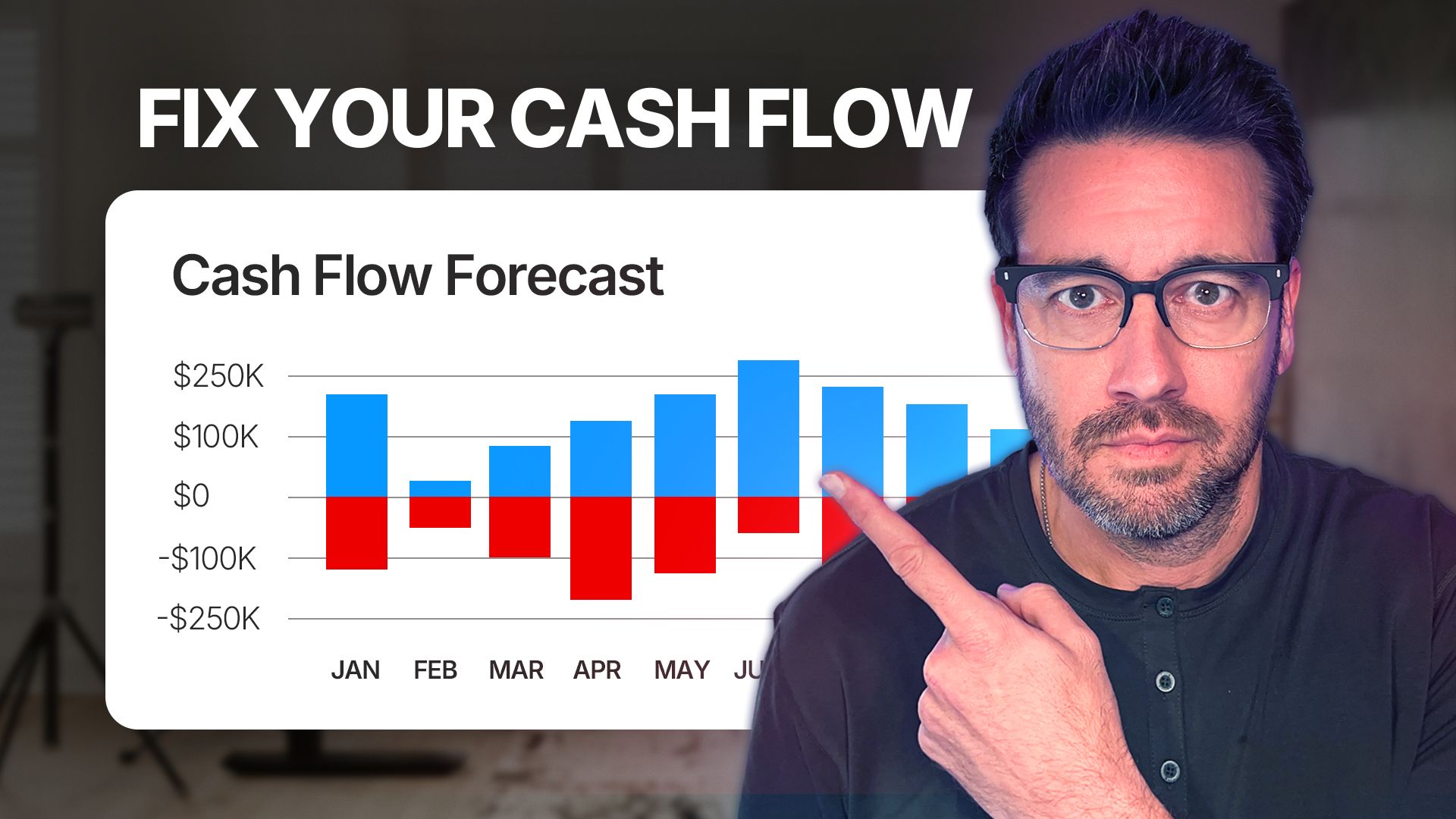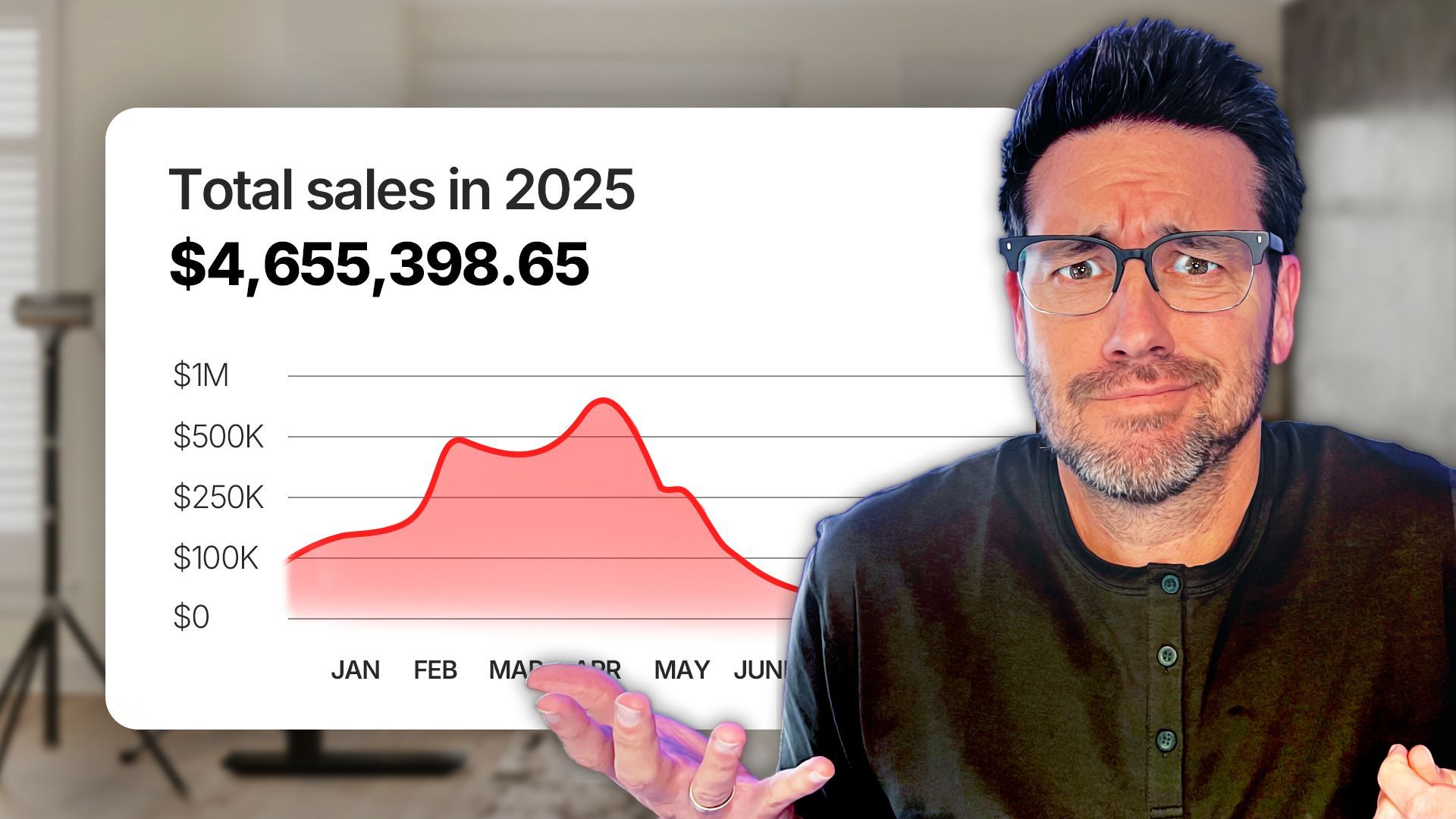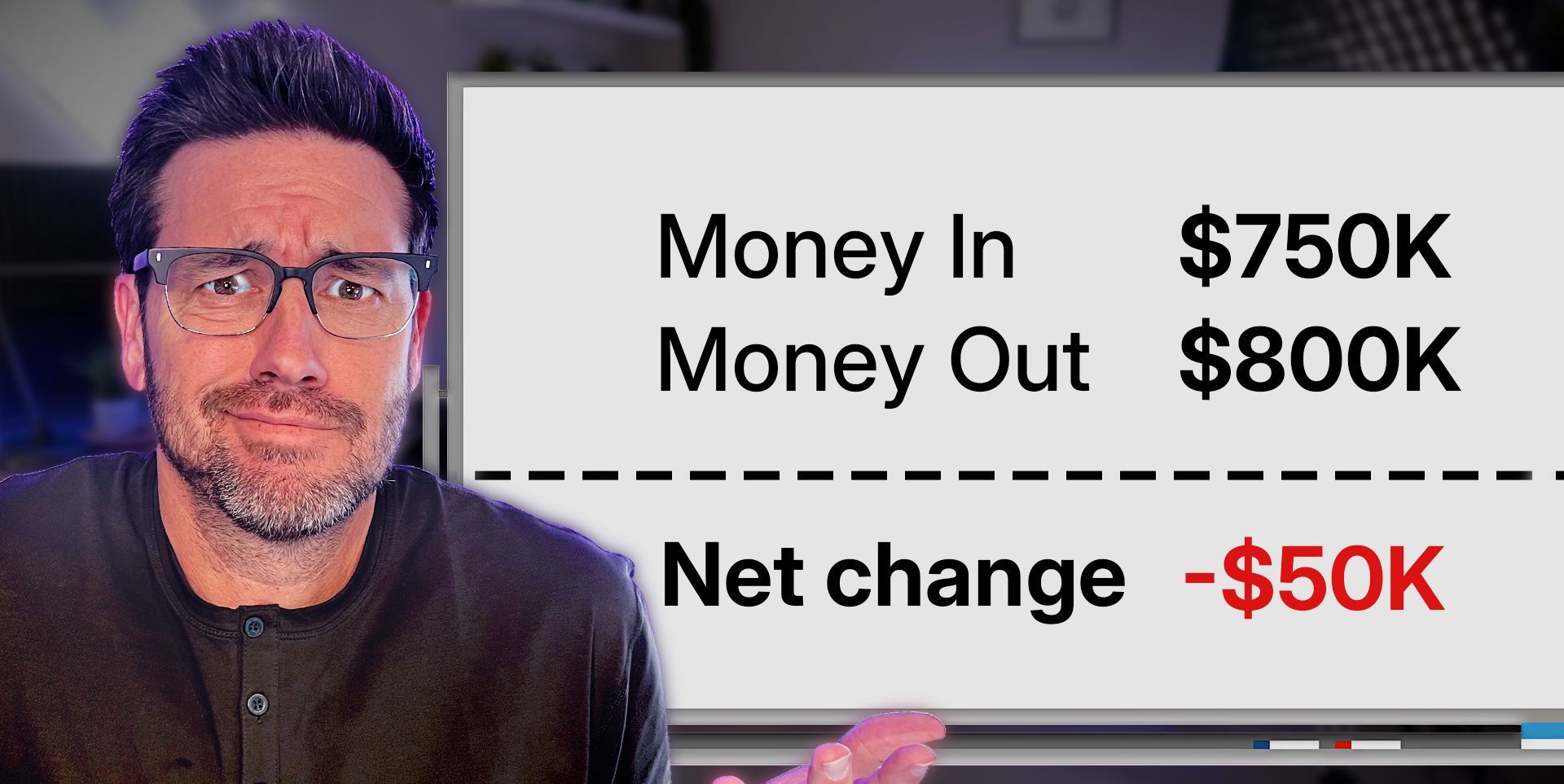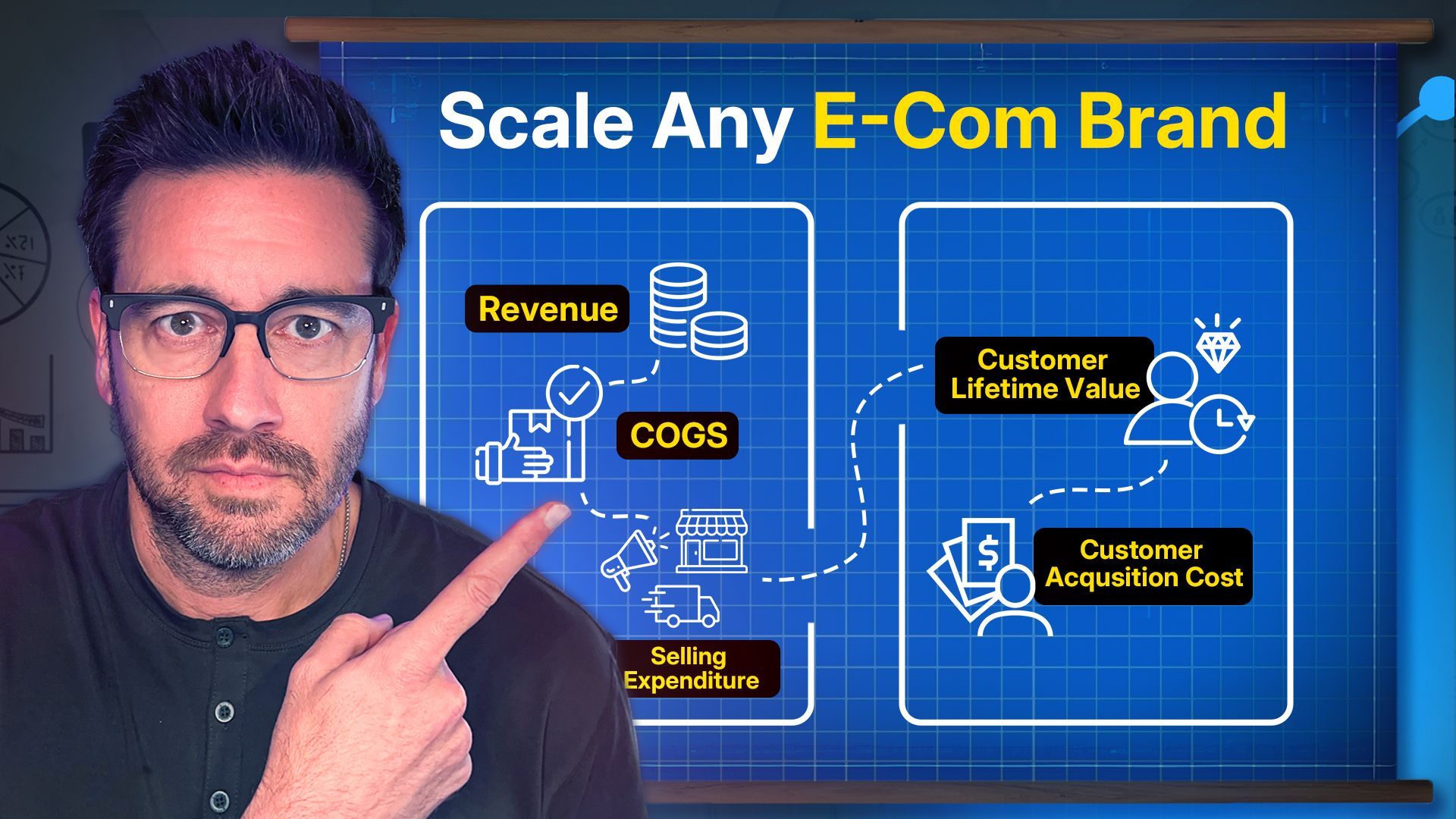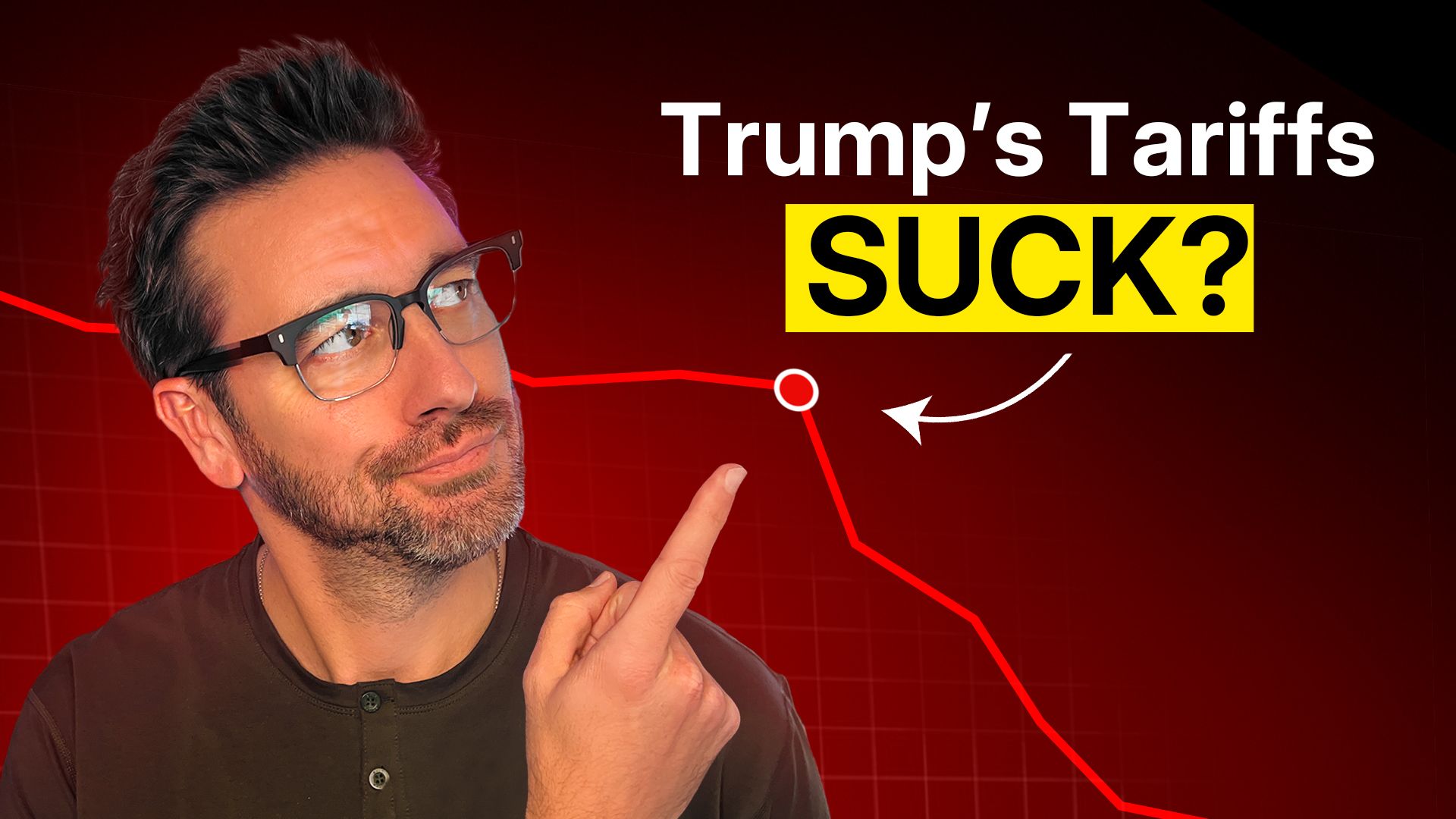The Silent Cash Flow Trap Killing DTC Brands (And How to Avoid It)
As a fractional CFO specializing in DTC brands, one issue that I frequently encounter is the cash flow trap. This silent killer looks great on paper - your sales are growing, profit margins seem healthy - but somehow you're still stressed about money. This disconnect between your financials and your actual bank account balance causes most DTC businesses to fail.
What is the Cash Flow Trap?
The cash flow trap is like having a safe full of cash, but forgetting the code. The money is there on your balance sheet - tied up in inventory, accounts receivable, and prepaid expenses - but it's not actually available in your bank account where you need it most.
The critical mistake many DTC founders make is assuming that profitability equals financial health. But profitability and cash flow are completely different metrics that need to be understood separately.
In fact, during periods of rapid growth, your profitability can look amazing while your cash position is deteriorating behind the scenes. Every DTC sale requires upfront cash investments in inventory, advertising, fulfillment, and payment processing fees - before you ever see revenue from the customer.
Why Cash Flow Problems Kill Businesses
The reality is that every business failure boils down to a cash flow problem, not profitability issues. I've witnessed DTC brands with 20% margins go out of business because they didn't monitor cash flow properly.
Some early warning signs that you may be falling into the cash flow trap include:
- Delaying restocking inventory due to lack of cash
- Sweating payroll despite strong sales numbers
- Consistently paying vendors and bills late
- Maxing out credit lines with no ability to pay them down
- Transferring money between accounts just to cover expenses
- General anxiety about the financial position of your business
If you don't catch these red flags early, you could end up too deep in the trap to escape. And when you're in a cash crunch, you're forced to make short-term decisions that ultimately undermine the long-term growth and success of your DTC brand.
How the Cash Flow Trap Happens
Inventory Mismanagement
The #1 cause of cash flow issues for DTC brands is poor inventory management. Most brands I work with are carrying 30% more inventory than they actually need at any given time.
This ties up significant cash value sitting on shelves - resources that could be deployed for operations, marketing, or customer acquisition instead. And the longer that inventory sits unsold, the more it costs your business in storage fees, insurance, and opportunity costs (up to 2-3% per month).
Payment Timing Gaps
Another major culprit is misaligned timing between when you pay suppliers and when you collect customer revenue. For example:
- Paying a 30-50% deposit to start manufacturing
- Paying 50-70% more once the inventory ships
- Waiting 20-30 days for ocean freight to US
- Additional 1-2 weeks to get into FBA/3PL
So you're cash negative for 2-3 months before ever being able to sell that inventory and recoup costs.
The Growth Paradox
Rapid growth can actually accelerate the cash flow trap. As sales skyrocket, you need more capital for operations, inventory replenishment, customer service - often funneling every dollar of new revenue straight back into funding that growth.
Unless you have a strategic cash runway and contingency planning, you could end up over-extending with excess inventory during a sales slump - further depleting your cash reserves when you need them most.
Developing a Cash Flow Plan
The key to avoiding and escaping the cash flow trap is having full visibility into your cash conversion cycle - the timeline from paying suppliers to collecting customer revenue. For most DTC brands, this cycle runs 60-120 days.
To get ahead of potential cash crunches, you need a rolling 13-week cash flow forecast at minimum. Map out all expected cash inflows (sales) and outflows (COGS, payroll, marketing, etc.) week-by-week so you can identify shortfalls and make strategic decisions well in advance.
Some other critical steps:
- Optimize inventory levels by analyzing SKU contributions, sell-through rates, and manufacturing lead times. Get lean and efficient.
- Negotiate better payment terms with suppliers - lower deposits, extended windows for final payments, etc.
- Increase inventory turnover with the goal of 4-8 cycles per year so nothing sits for over 90 days.
- Build cash reserves that allow you to take advantage of opportunities and weather downturns.
With proper cash flow management and forecasting, you can make strategic long-term decisions for scaling and sustaining your DTC brand - rather than being forced into short-sighted survival mode that perpetuates the cash flow trap.
Frequently Asked Questions
What's the difference between profitability and cash flow?
Profitability measures your net income after expenses, while cash flow tracks the actual movement of money in and out of your business. A company can be profitable on paper but have poor cash flow if money is tied up elsewhere like inventory or accounts receivable.
How can a fractional CFO help with cash flow issues?
A fractional or outsourced CFO provides expert financial planning and analysis tailored to your DTC business. They can develop cash flow forecasting models, optimize inventory levels, negotiate better supplier terms, and implement other cash management strategies to avoid the cash flow trap.
What metrics should I monitor for cash flow health?
Key metrics include cash conversion cycle (goal of 60-120 days max), inventory turnover ratio (target 4-8 turns per year), days sales outstanding, and contribution margins by SKU. A rolling 13-week cash flow forecast is also critical for identifying potential shortfalls.
Get Expert Cash Flow Guidance
If you're feeling cash flow stress or anxiety, don't ignore the warning signs. Reach out for an expert assessment to avoid falling into the trap. As a fractional CFO, I'm happy to review your financial situation and provide strategic cash management advice tailored to your DTC brand's needs.
Ready to take control of your cash flow? Watch the full video to learn more about beating the cash flow trap, or book a free consultation to discuss your growth and exit strategy.
